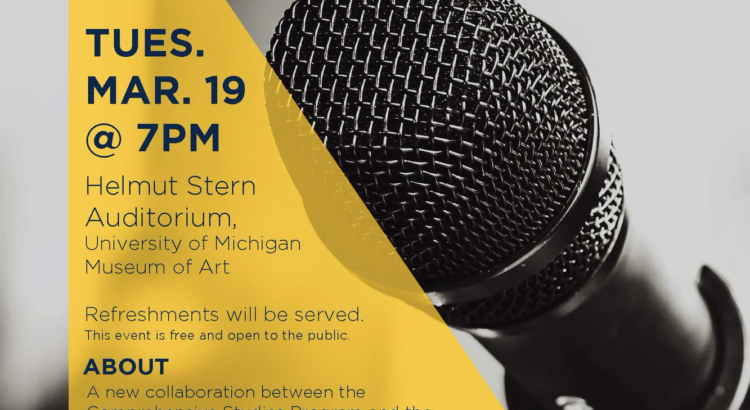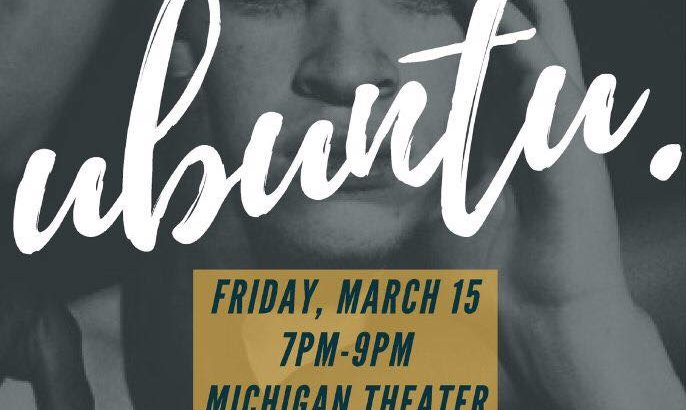This past week marked the annual SpringFest capstone event hosted by MUSIC Matters. Founded in 2011, MUSIC Matters purpose is to “utilize the power of music to unite the Michigan community and promote educational accessibility.” The organization spends the entire year hosting various events on and off campus to promote music and create cohesion amongst students. SpringFest is their culminating project that attracts an audience of 10,000 people for their daytime and nighttime events.
This year, the Daytime festival took over State St. and North U., hosting over 80 student organizations, 7 food truck vendors, live performances, and various pop-up shops. One of the newest additions to this year’s Daytime festival was hosting Ann Arbor artisans. Traditionally, corporate sponsors were invited to have pop-up shops but this year focused on inviting smaller companies and student sellers. Aside from this addition, the festival included live dance and music performances from student organizations such as Maize Mirchi, the Men’s Glee Club, and FunKtion. Another component of the festival that I personally enjoyed was the presence of various orgs that promote health, wellness, and sustainability. There were interactive events for yoga, sustainable food practices, and CAPS even had representatives from their CAPS In Action student committee. It was really inspiring to see so many talented, ambitious, and creative students showcasing their work and talent to the campus community.
Following the immersive Daytime festivities is (what I believe to be the more known of the two) the Nighttime Concert. Since 2012, MUSIC Matters has hosted artists Common, J. Cole, 2 Chainz, Migos, and Lil Yachty in Hill Auditorium. As a junior who is also a big fan of well-known hip-hop artists, this was surprisingly my first time ever attending. This year’s headliner was A$AP Ferg, otherwise known as a member of A$AP Mob. Amongst some of Ferg’s most popular songs are Plain Jane, Shabba, New Level, and Work REMIX. His opening acts consisted of two DJs and two performance groups.
The first DJ was Jeff Basta. Had it not been for him being the DJ to play as people were still entering the auditorium, I think he could have gotten a lot more energy out of the audience. I really enjoyed his music choice and his energy while playing was admirable considering not many others were entertained/paying attention. The second DJ was Namix who served as a transition for the first opening act — Tracy Money (IG: prodbytracy). “TracyGang #333” is a group of three current and former U-M students who go by the names of $cottie Pimpin’, Fatz, and Tracy D. Although this was not my first time seeing them perform, this was my first time seeing them own the stage in a large auditorium. Their performance got the crowd on their feet and ready for the night.
Following Tracy Money was B Free from Detroit. I could be biased, but my personal preference for style, originality, and overall entertainment purposes would choose Tracy Money over B Free’s performance. Nonetheless, both performances were a well-needed segway into opening for A$AP Ferg.
Ferg was full of energy and was an authentic performer. You could sense his desire to be just as engaged with the audience as we were with him. However, this desire quickly led to some shockingly inappropriate comments on his behalf targeted at several women in the audience. I think it’s reasonable for a performer to want to feel more connected with the audience and interact with them but to single specific women out and express sexual desires in front of everyone, into the microphone, was embarrassing and disgusting. The remainder of the concert left me feeling odd and distraught as I was stuck questioning “Did he really just say that”?? Carrying on, he performed all of my favorite songs and it was a fun concert. I’m certain that this will be remembered as one of my favorite undergraduate experiences, despite the belittling comments that put a damper on my overall impression.
Photos courtesy of IG: vinsanityproductions.co










